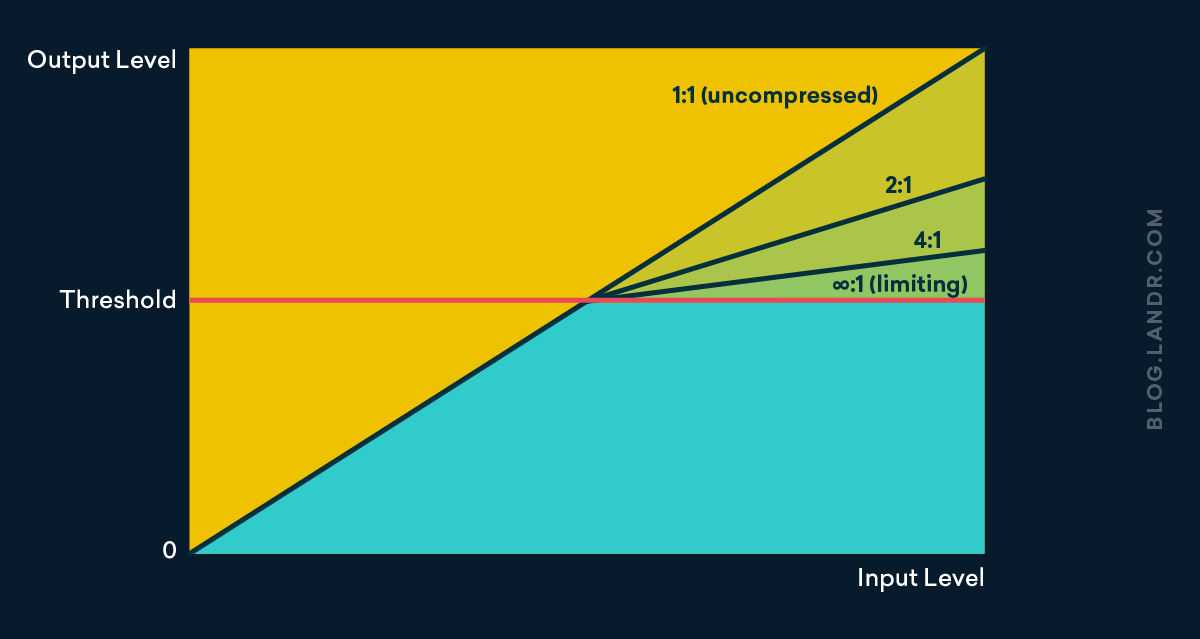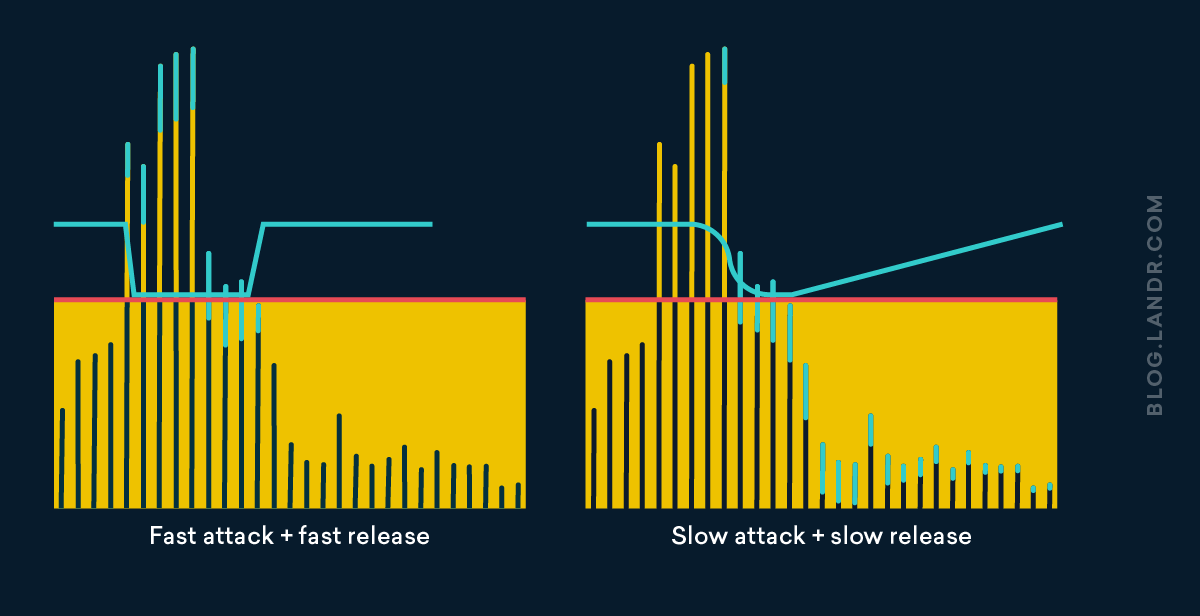TikTok is becoming one of the most famous social media platforms that attract youngsters because of its hot trends. TikTok is an app for short-form mobile videos. It allows users to create their own videos with tons of tools such as filters, stickers, control over video speed, access to professional audio to make interesting and entertaining content. TikTok-ers are encouraged to share their passion and creative expression through their short videos. It’s the best app for you to relax after a busy working schedule. However, you can not only entertain with it but also make money on TikTok.
But first, if you want to earn money on TikTok, you need to have enough number of fans. It’s not easy to get that, so here are what you should do:
- Create a TikTok account with a unique name to get attention
- Create your profile so the audiences can find out more information about you
- Post videos on a suitable frequency to increase your presence on this app
Or you could buy followers on TikTok with our service to gain your community fast.
In this article, we will get into 4 simple ideas that can help you make money on TikTok. Continue reading →







 Because the ratio increases, so do the amount of gain reduction that happens when the input signal passes the threshold.
Because the ratio increases, so do the amount of gain reduction that happens when the input signal passes the threshold.







